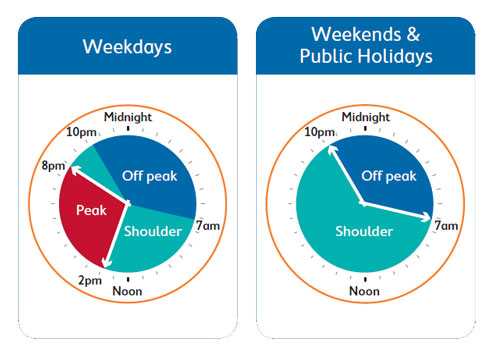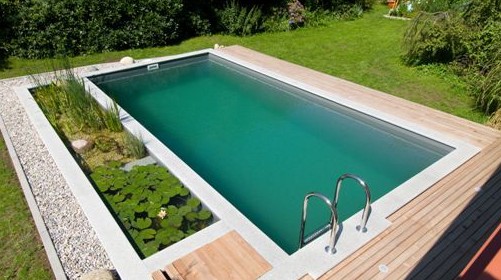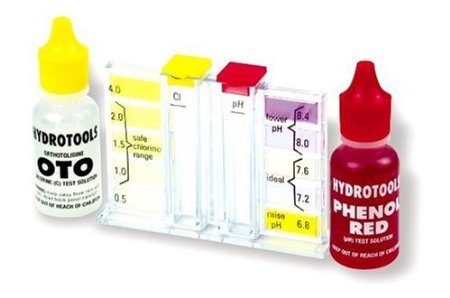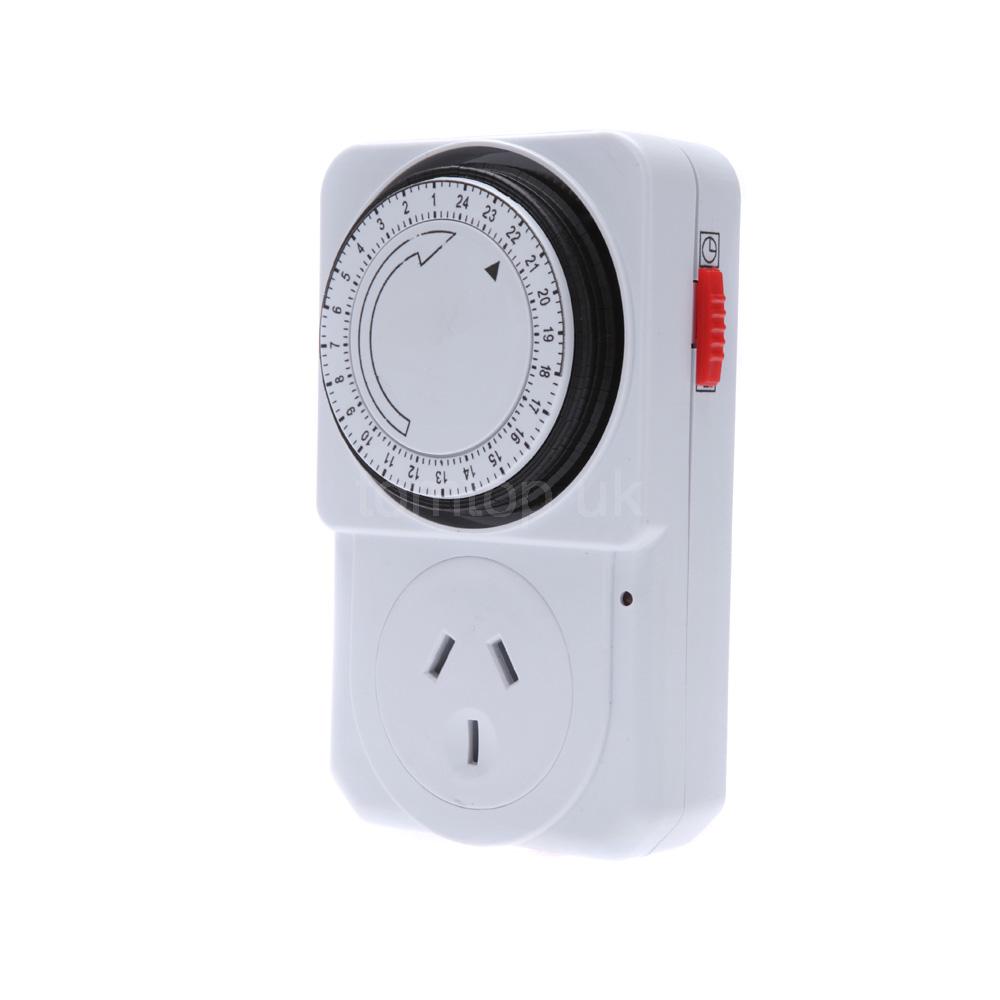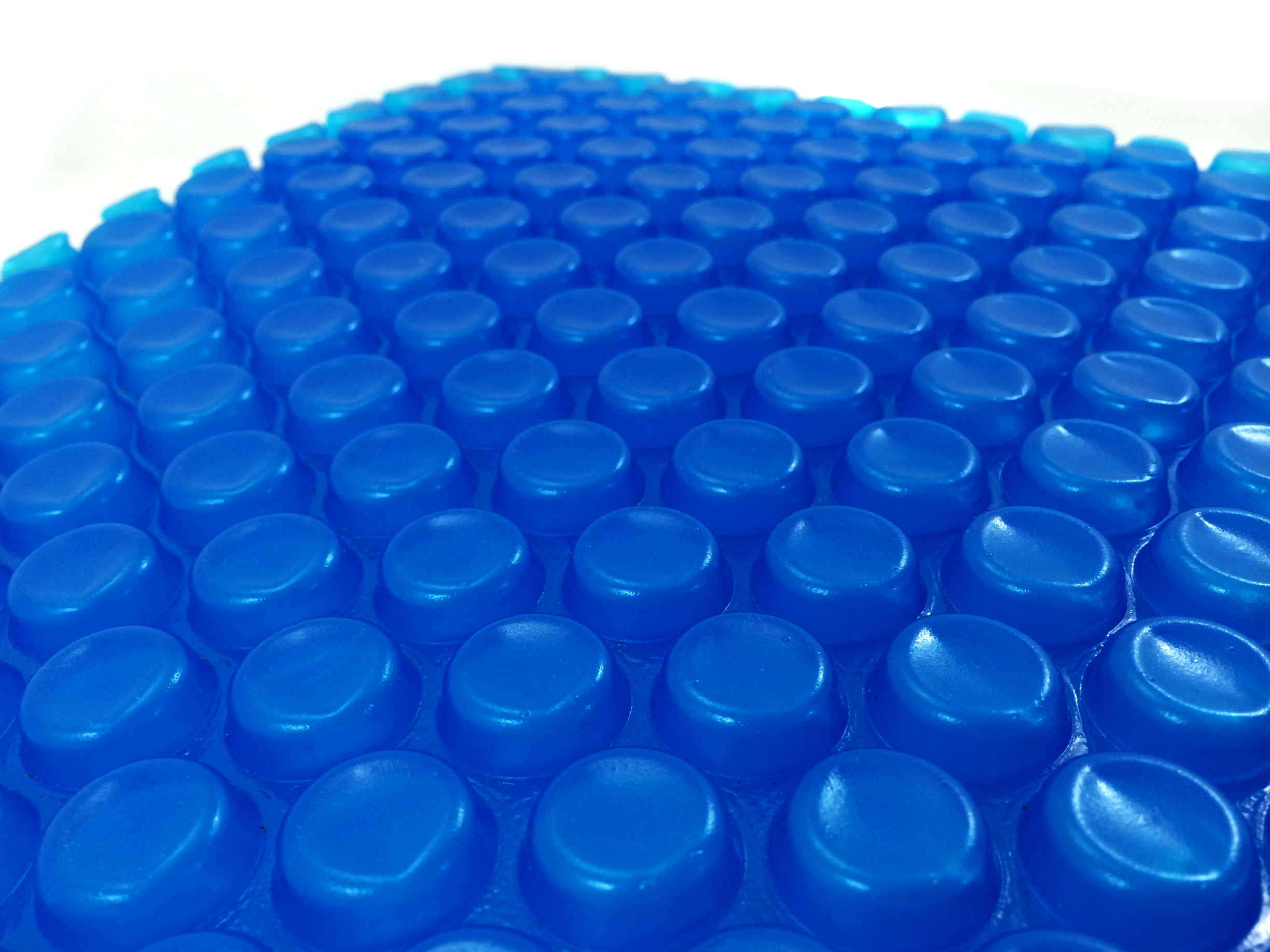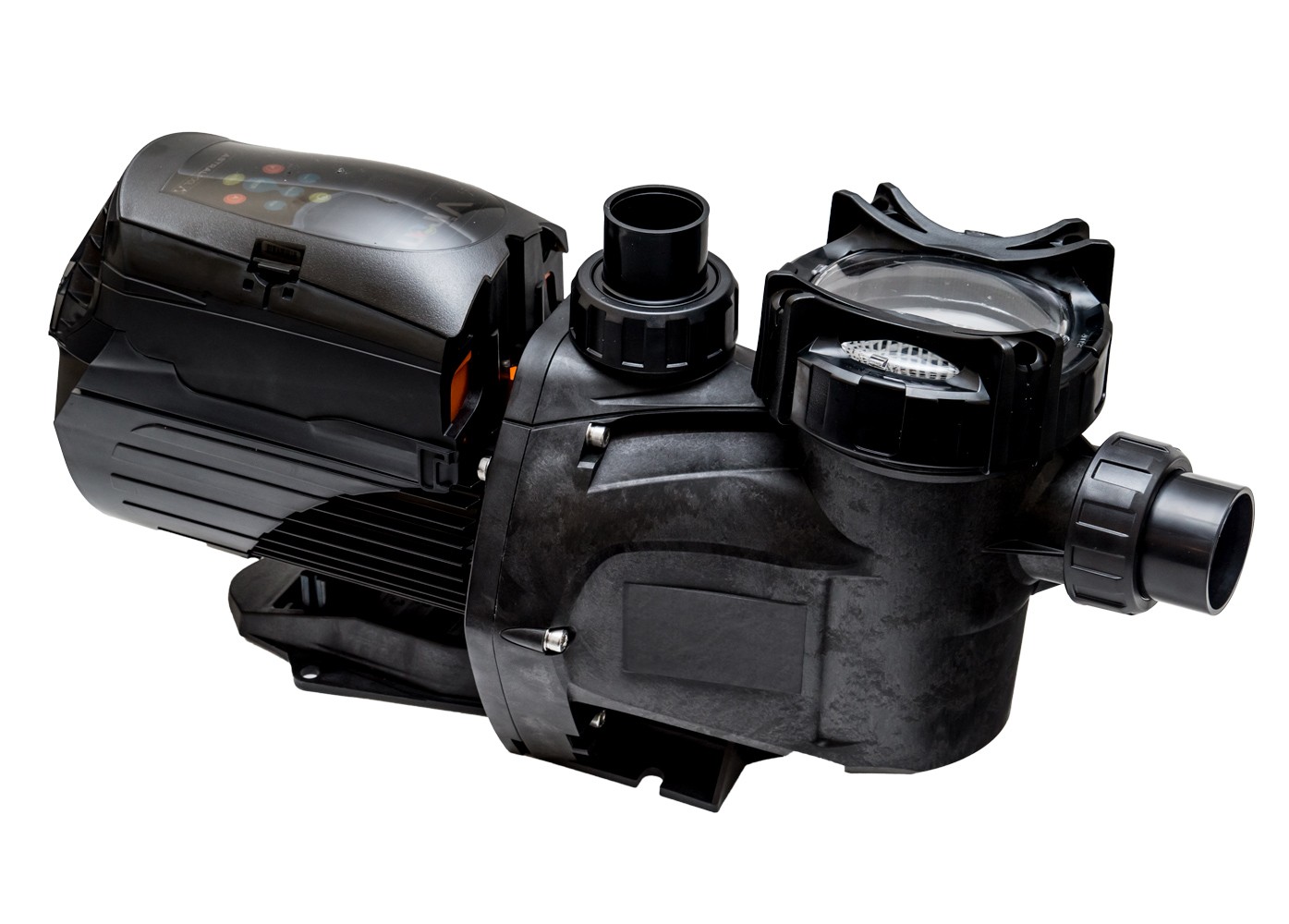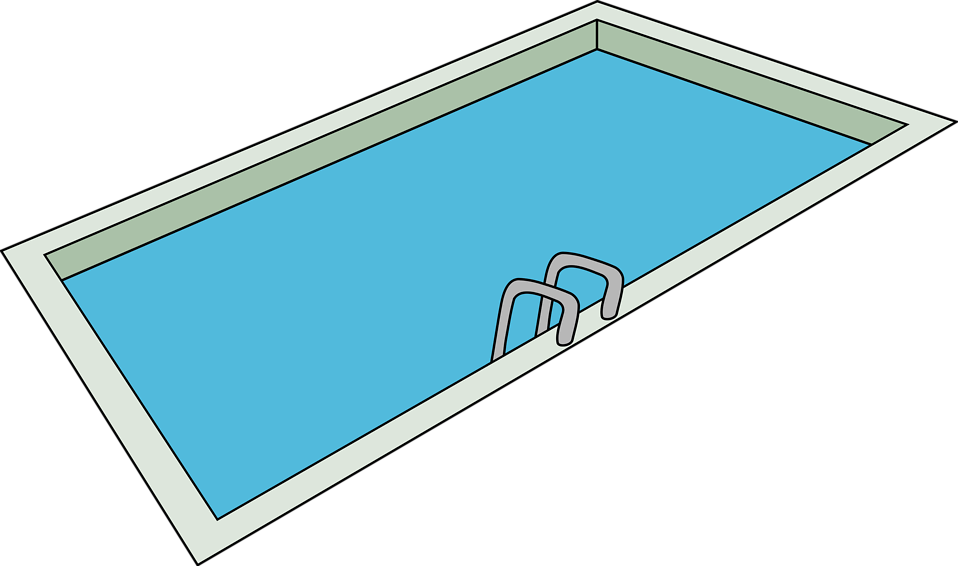Historically Australian homes were on single rate and off-peak/controlled load tariffs – all of their power at the same rate regardless of what time of day it was used. The exception being hard wired off peak circuits which received power for a set number of hours overnight. The exact time and duration these circuits receive power is governed by the electricity provider and appliances can only be connected to one or the other – not both. Most often only used for electric hot water heating.
Posts filed in:Swimming Pools
Natural Swimming Pools & Ponds
Natural swimming pools use various methods of water filtration that do not involve adding or manufacturing any chemicals to maintain the clear safe water to swim in. They re-create an environment akin to that of a clear river, water hole or creek that you can safely swim in.
Most of the systems have european origins. A listing follows of the systems which have previously been or are currently being installed in Australia. In my research and discussions with designers and installers I understand that only the Hyrdobalance system has a solid track record in Australia.
Water Chemistry for Swimming Pools
Attribution: The post is a guide that was originally published on the North Carolina Public Health website but has since been taken offline. It is a very thorough guide covering everything you need to know to efficiently maintain the chemicals in your pool. The original article was written with US Imperial units which have been converted to metric.
How many hours to run your swimming pool pump each day?
One of the most significant and easiest changes that can be made is the number of hours you run your pump for each day.
The most frequently used numbers seem to be:
- Winter – 4 hours/day
- Summer – 8 hours/day
- Make sure the total volume of water is circulated 1-2 times per day
Water Ionisers – Floatron
Floatron‘s seem to be a well hidden secret in Australia. It’s a floating device that purifies the water through a process of ionisation.
Pool covers
Pool covers are now mandatory in many cities around Australia. They provide numerous benefits:
Variable Speed Pool pumps
Historically most pool pumps have been single speed units rated at between 500w and 2kW. A number of variable speed pumps are now available which significantly reduce electricity consumption.
Swimming Pool Energy Efficiency
A pool can often be the single largest consumer of electricity if it’s not optimised. With some simple changes covered in this post the cost be reduced by 70%.

